One of 2,100 islands that make up the independent nation of Micronesia in the Pacific Ocean , Yap Island is home to about 12,000 people who use giant limestone discs called Rai as currency.
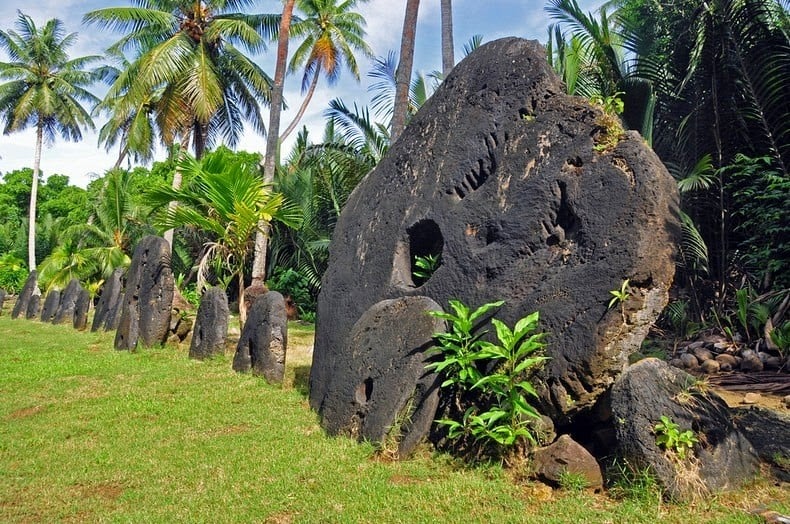 |
| The people of Yap Island use giant limestone discs as a medium of exchange instead of currency. (Source: Amusing Planet) |
The stones are called "Rai" (whale in the local language) because their original shape resembled a whale. Although the origin of this currency is unknown, archaeologists have discovered flat stones that are up to 2,000 years old on the island.
Initially, people carved Rai stones from quarries or caves on Palau Island, about 400km from Yap Island. Rai stones are made from limestone because this material has a shiny surface, making this type of stone stand out from other objects on the island. They are shaped into large round discs, with holes for a pole to be inserted through, with diameters ranging from 7-360cm, weighing up to 5 tons. There are also smaller Rai stones with a diameter of 7-8cm, making them very convenient for exchange.
Once completed, the Rai stones will be transported by barge pulled by canoes to Yap Island in about 1-2 weeks. The time and effort of transportation, as well as the size of the stones, will affect the denomination of the Rai coin.
Because of the value and weight of this "money", the islanders are self-conscious about who it belongs to, so theft is almost non-existent. There are currently about 6,500 Rai coins scattered across the islands.
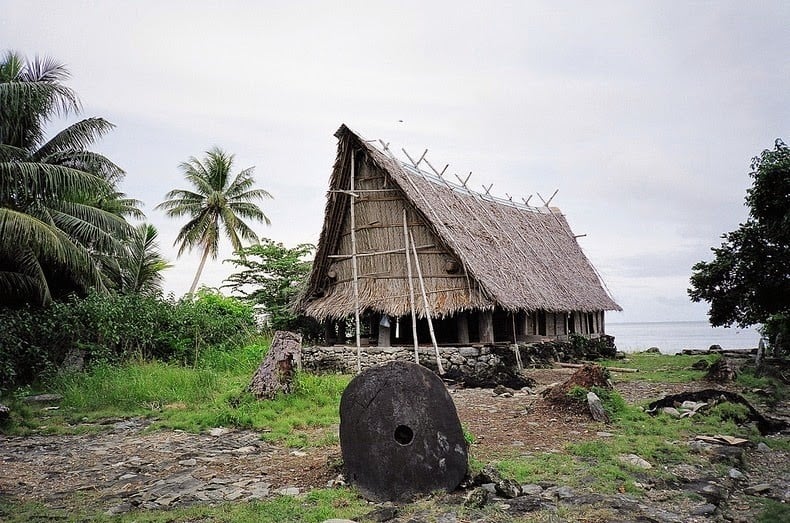 |
| Although people switched to using the US dollar in the 20th century, the Rai is still trusted in special transactions such as political agreements and dowries. (Source: Amusing Planet) |
In the past, Irish-American Captain David O'Keefe was helped by the natives when his ship sank near Yap Island. He then assisted the locals in retrieving Rai coins. In return, the captain received many goods such as coconut meat and sea cucumbers.
Rai stone trade fell out of favor in the early 20th century due to trade disputes between Spain and Germany in the area. During World War II, when Japan occupied Yap Island, the Japanese used the stone for construction or as anchors.
By the 20th century, the Yap people had replaced the Rai with the US dollar. However, in some special transactions such as political agreements and dowries, the Rai was still used.
Source



![[Photo] National Assembly Chairman Tran Thanh Man meets with First Secretary and President of Cuba Miguel Diaz-Canel Bermudez](https://vphoto.vietnam.vn/thumb/1200x675/vietnam/resource/IMAGE/2025/9/2/c6a0120a426e415b897096f1112fac5a)

![[Photo] Special art program "Da Nang - Connecting the future"](https://vphoto.vietnam.vn/thumb/1200x675/vietnam/resource/IMAGE/2025/9/2/efdd7e7142fd45fabc2b751d238f2f08)
![[Photo] Ho Chi Minh City residents show their affection to celebrate the 80th anniversary of the August Revolution and National Day September 2](https://vphoto.vietnam.vn/thumb/1200x675/vietnam/resource/IMAGE/2025/9/3/55d860cbb63a40808e1e74ad9289b132)

![[Photo] Lao President Thongloun Sisoulith and President of the Cambodian People's Party and President of the Cambodian Senate Hun Sen visit the 95th Anniversary Exhibition of the Party Flag Lighting the Way](https://vphoto.vietnam.vn/thumb/1200x675/vietnam/resource/IMAGE/2025/9/2/3c1a640aa3c3495db1654d937d1471c8)



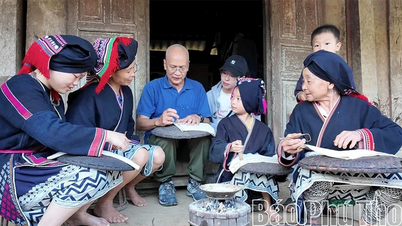

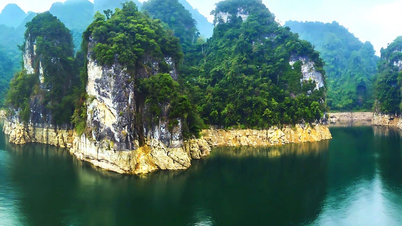

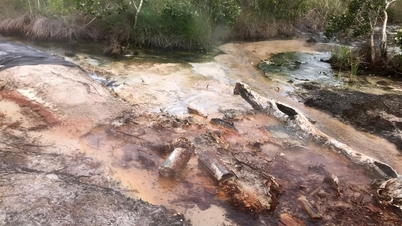









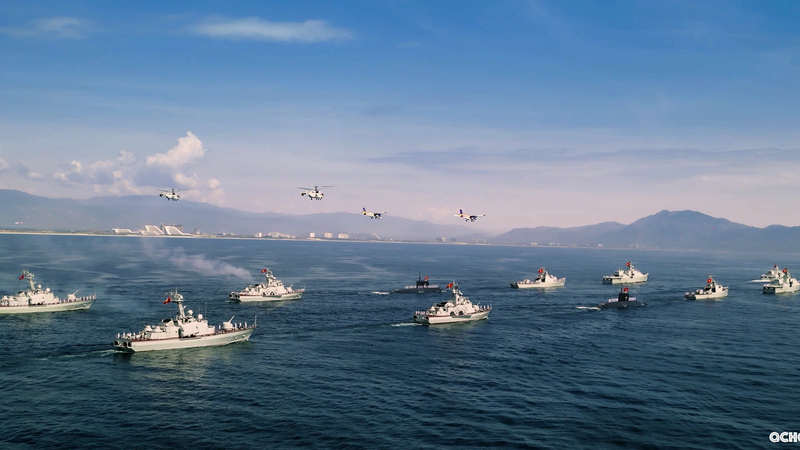




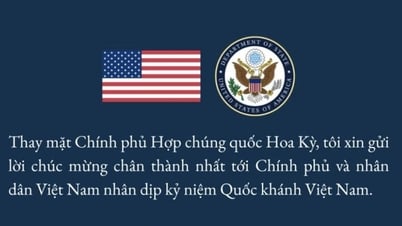






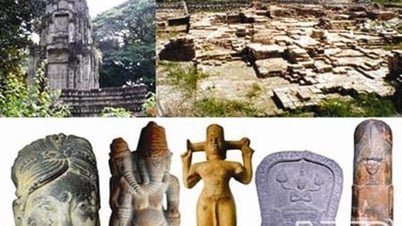

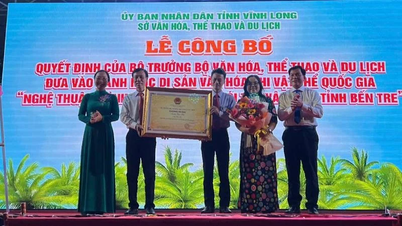


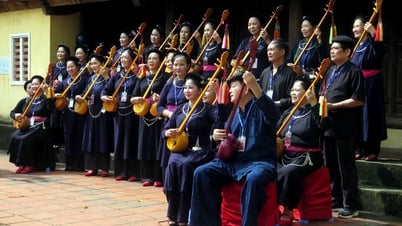

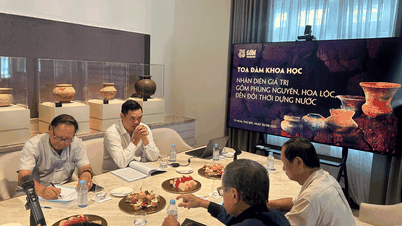













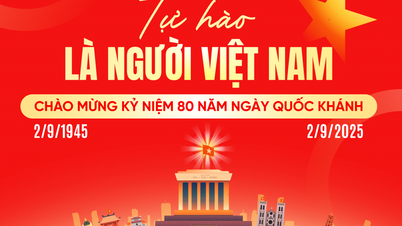





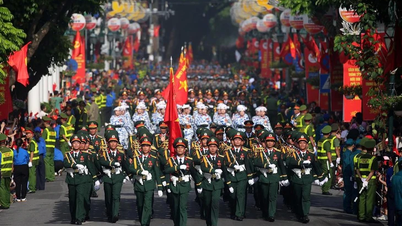






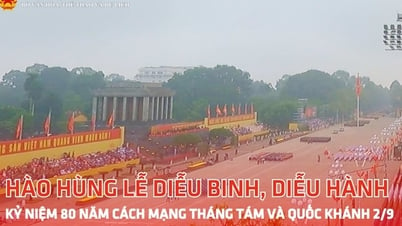

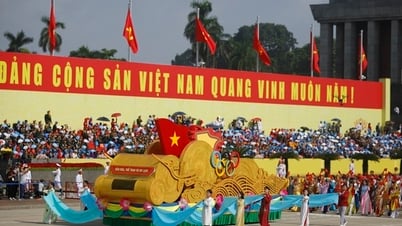






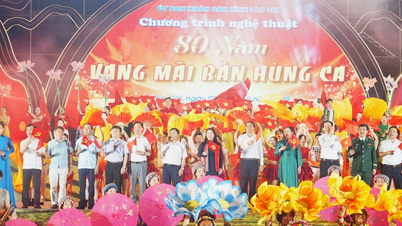













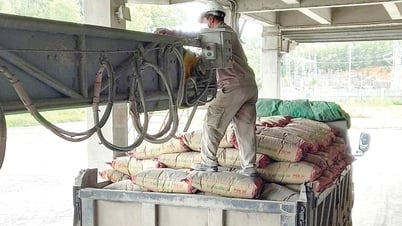










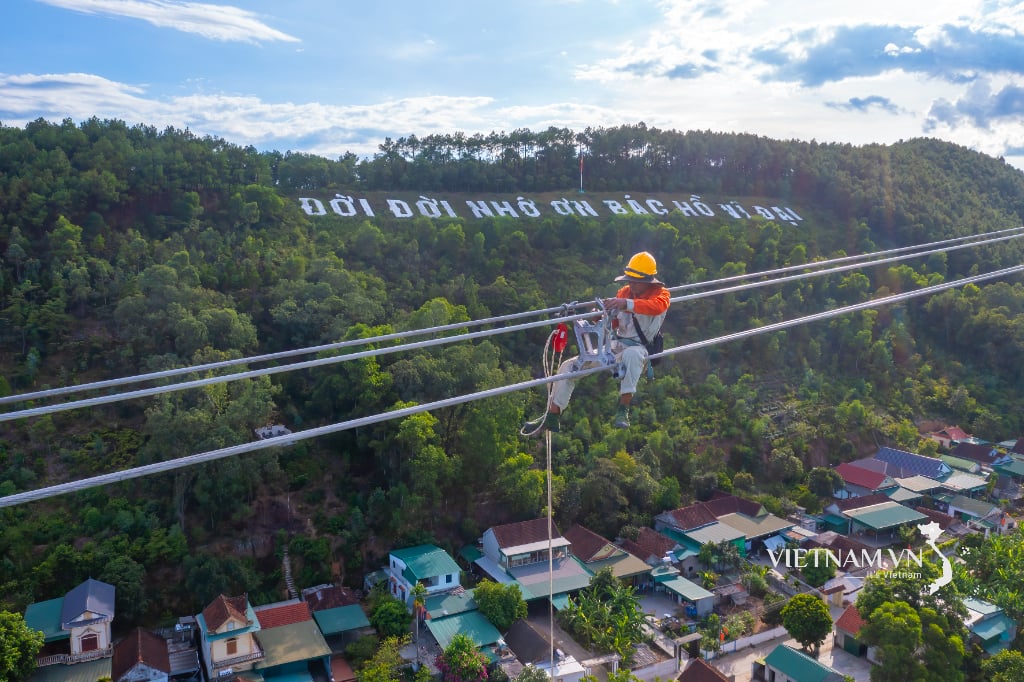
Comment (0)